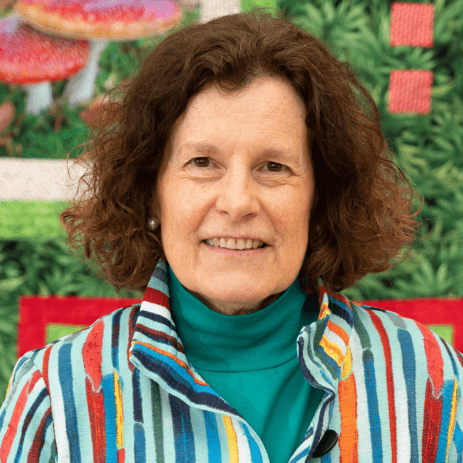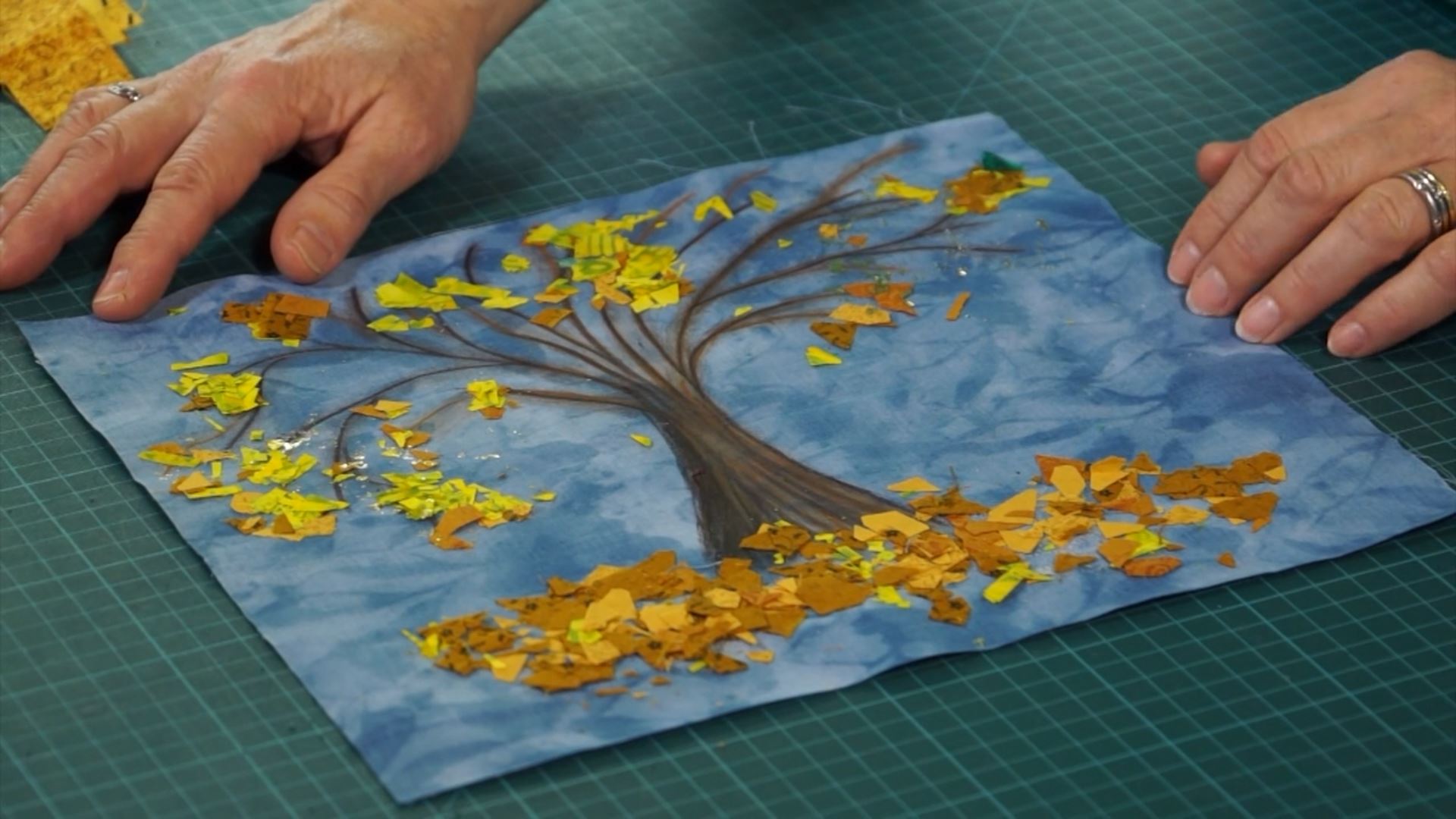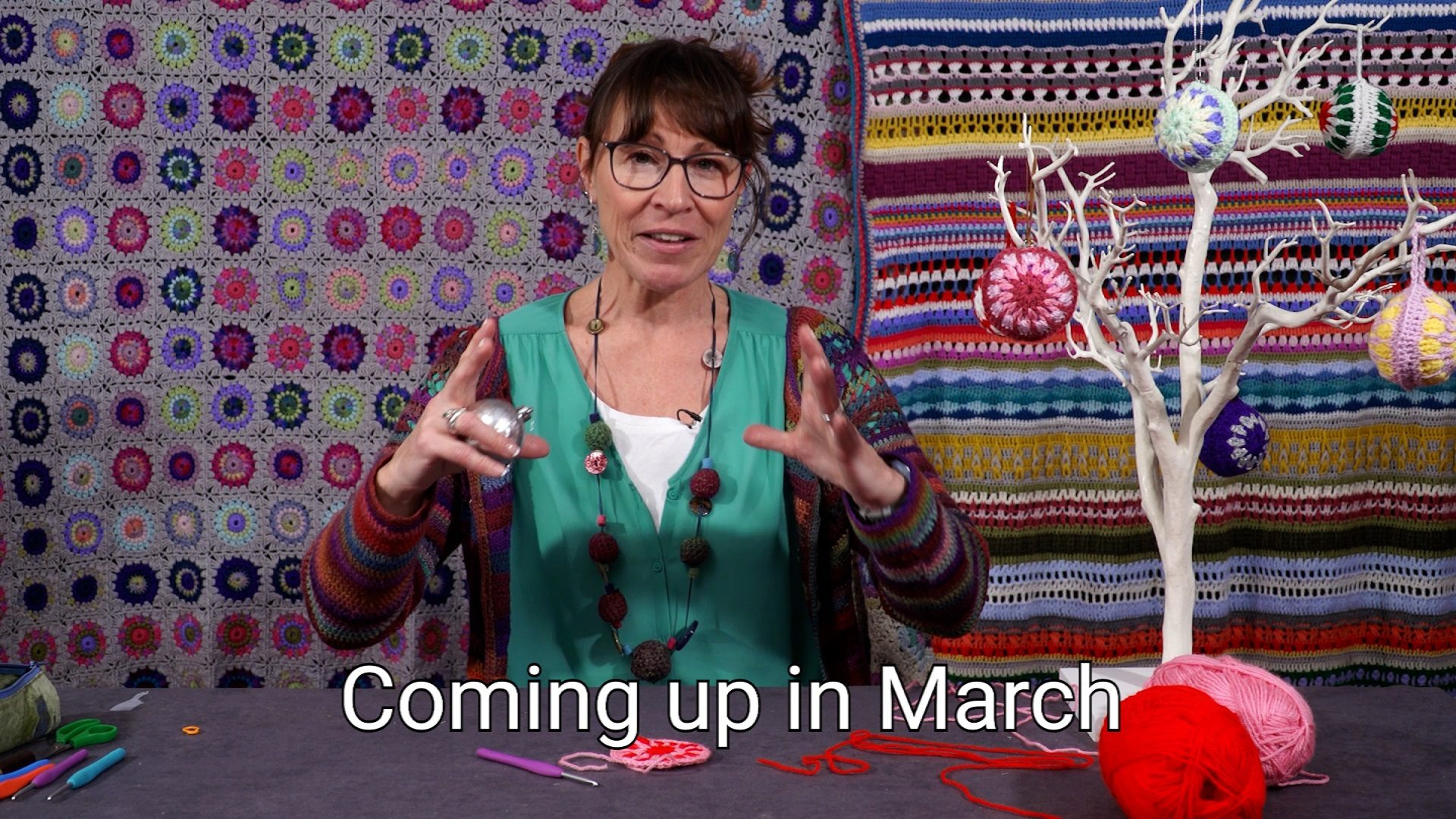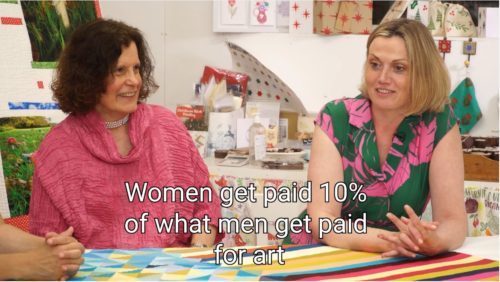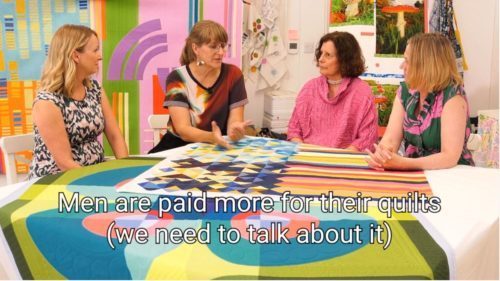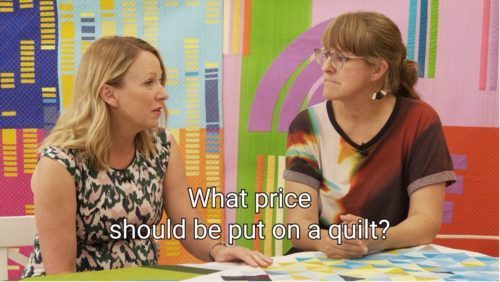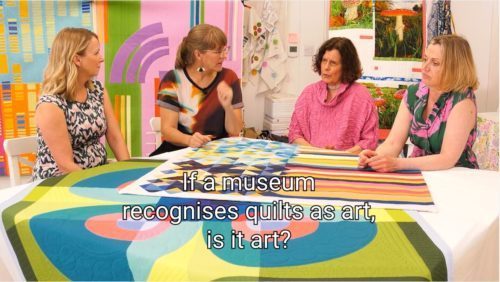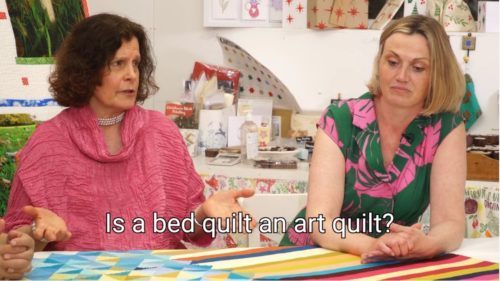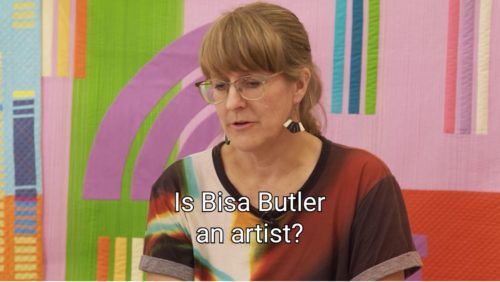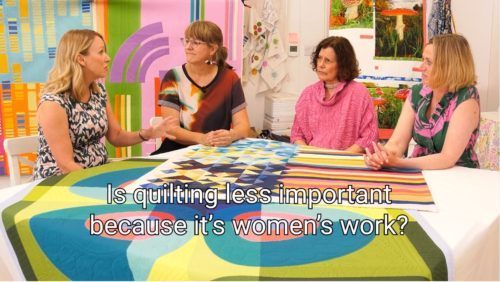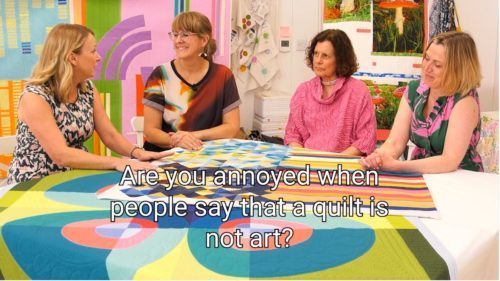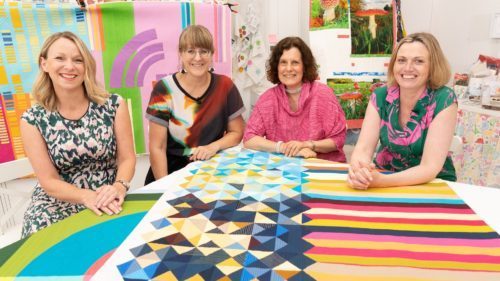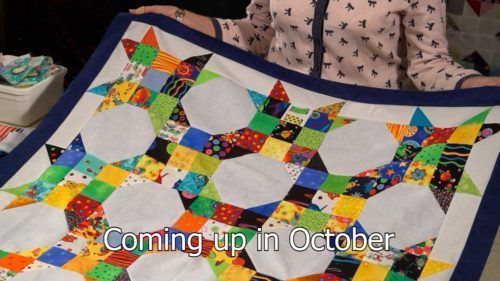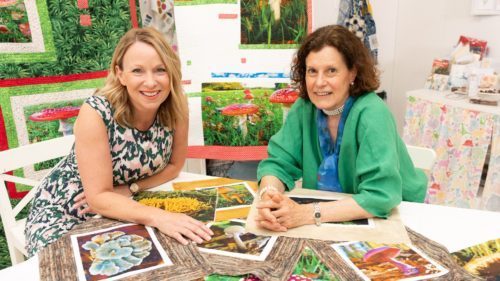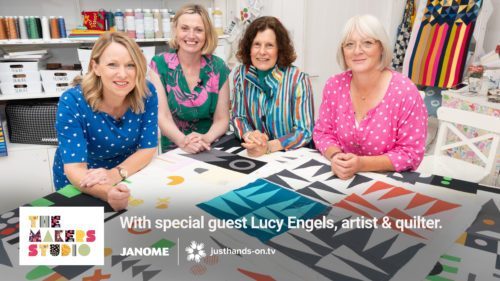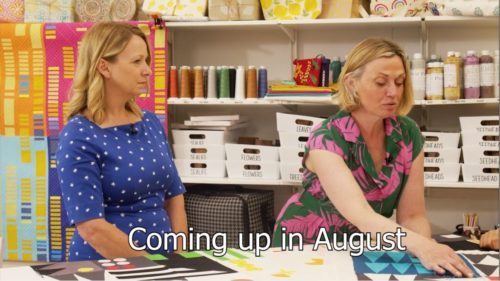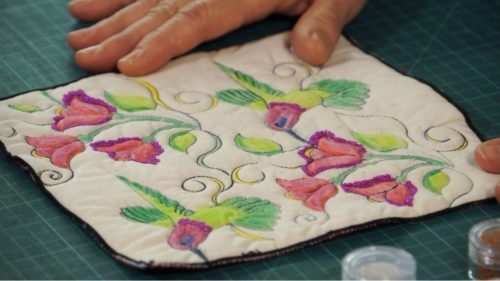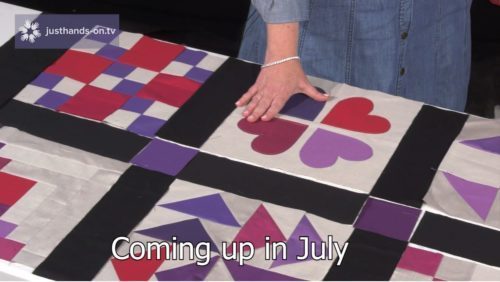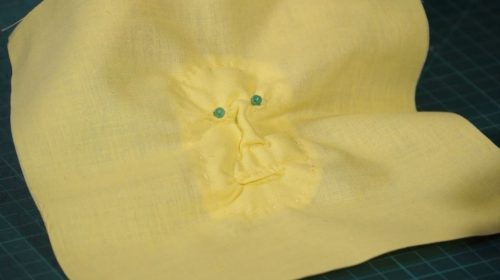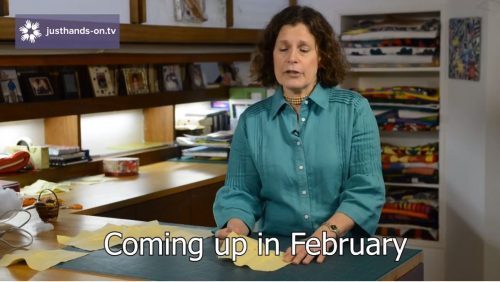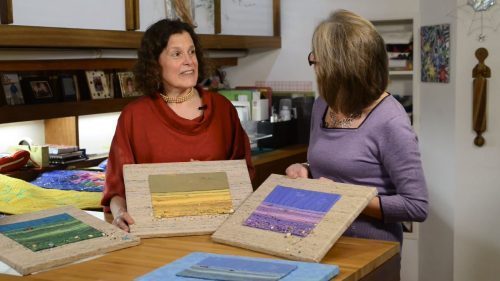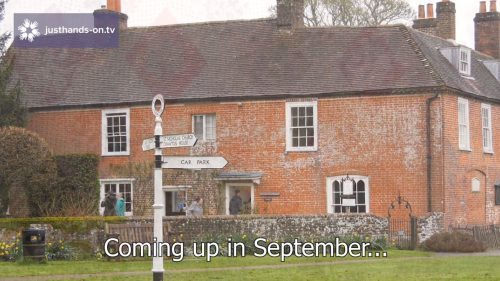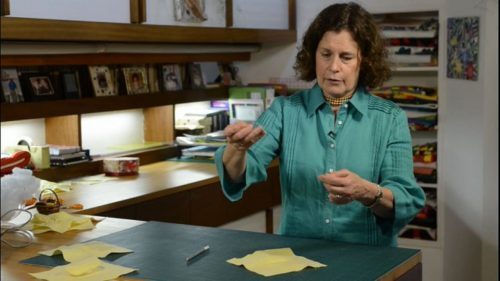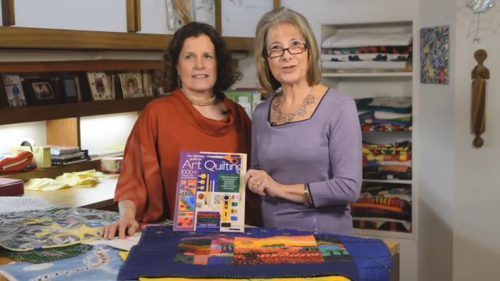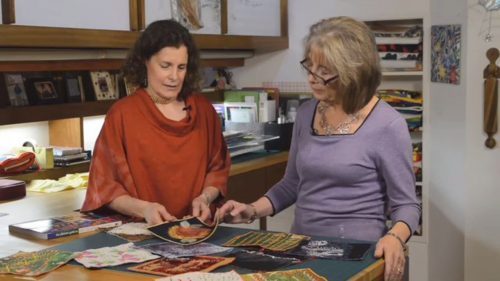About Linda
Linda Seward is an experienced quilter, writer, lecturer, and quilt judge.
Linda’s been doing needlework ever since she learned to hold a needle. She was taught to embroider by her mother and to knit and crochet by her grandmothers. She began to sew her own clothes at the age of 10, but didn’t begin making quilts until she was in her 20s.
Linda attended Livingston College (Rutgers University) where she earned an Anthropology Degree, then switched to Douglas College where she received a Home Economics degree in clothing, textiles, and design. She studied fashion in New York City at Tobe-Coburn School for Fashion Careers before working as a needlework and crafts editor in both America and England. She taught herself the basics of quilting while working as an editor for McCall’s Needlework & Crafts Magazine in New York City. After that, although she edited dozens of books on all types of needlework and crafts for Dover Publications in New York, Linda always felt that she would rather be quilting.
Linda has written twelve books about her favourite subject, quilting, including The Complete Book of Patchwork, Quilting and Appliqué , which has been used as a source book for the British City & Guilds Patchwork & Quilting course and has sold over a quarter of a million copies in several languages. It has recently been updated and reprinted by Search Press. Linda’s latest book, entitled The Ultimate Guide to Art Quilting, is published by Sixth&Spring, New York. She has also published books on puppies, babies, crochet, knitting, and general crafts (under her maiden name, Linda Macho).
Linda has appeared on television and radio shows, and has judged numerous quilt shows around the world. She had a regular column in The Quilter magazine for 20 years, and works now as a freelance writer and photographer as well as being a quilter, of course!
Linda found a new obsession in lockdown during her daily walks: nature photography. According to Linda, “I realised that I didn’t know much about the natural world and resolved to teach myself as much as I could through photography and research. This lockdown project turned into a new obsession as I continue to learn about all aspects of nature from plants, lichens insects, birds and animals to fungi and even slime moulds.”
Linda lives in London and Oxfordshire with her husband and two Border Terriers.
Signature Technique
Art Quilting
Top Tips
- One of the best ways to expose yourself to new techniques is to take a workshop with an expert.
- Add aloe vera gel to heighten the colour of inktense pencils.
- Use confetti fabric and glue granules to get a wonderful confetti applique effect.
- Add a little sparkle to your project with printer foil (make sure that you iron colour side up!).
- Use a silicone pressing sheet to keep your iron clear.
- Give the viewer a gentle surprise by adding soft sculpture faces in your quilt.
Videos
Patterns
Posts
Is backstitching necessary for strip piecing?
Question from Youtube
Still a little new to quilting and enjoy it already! One thing I noticed is that you didn't back stitch when starting to join a new row. Is it necessary? Thanks, I know this is probably a simple question. Answer Nope the backwards and forwards and fixing stuff isn't necesary as you will be sewing across at rightangles at some future point (and at the time of sewing you don't know where you will be cutting). Make sure the stitch length isn't too long though - 2.2 or 2.4 is perfect for strip piecing (and piecing in general).
Recyling men’s ties
Question: Having watched the video: (click here to view) How many ties were used to make the quilt in the video, recycling men’s ties? I would like to make a quilt the same size as the one in the video. Would you recommend this project to a beginning quilter? Answer from Valerie
Sorry I can't recall how many ties I used BUT each tie contains a huge amount of fabric once its unravelled and if you cut into uneven strips then you can use it all (I still have a stash of large scraps for another quilt);
Its a great quilt for beginners BUT remember that the ties are on the bias of the grain so the strips will move until you anchor them onto their calico (or similar) backing - if you are a complete beginner spray starch may help you during the sewing process.
Its extremely forgiving especially since you can trim the blocks back to be exactly the same size as each other - whether you use the complete block of ties or couple it with a plain piece of fabric to make the half-square triangle unit - which in turn means you need to make only half the number of original blocks.
A few nice comments from you
Hi everybody really a good website will watch this space more often Jill Sent from my iPad (Oct 2013) Just to say that I think Carolyn Forster is a very good demonstrator. She speaks clearly and without a dull monotonous voice which some of your speakers unfortunately have! Her projects are also fairly easy to follow. Secondly, I really enjoyed Kaffe`s exhibition of his quilts in Wales. It was very interesting listening to Jen Jones talk about his work. Pity it is so far away to visit!

